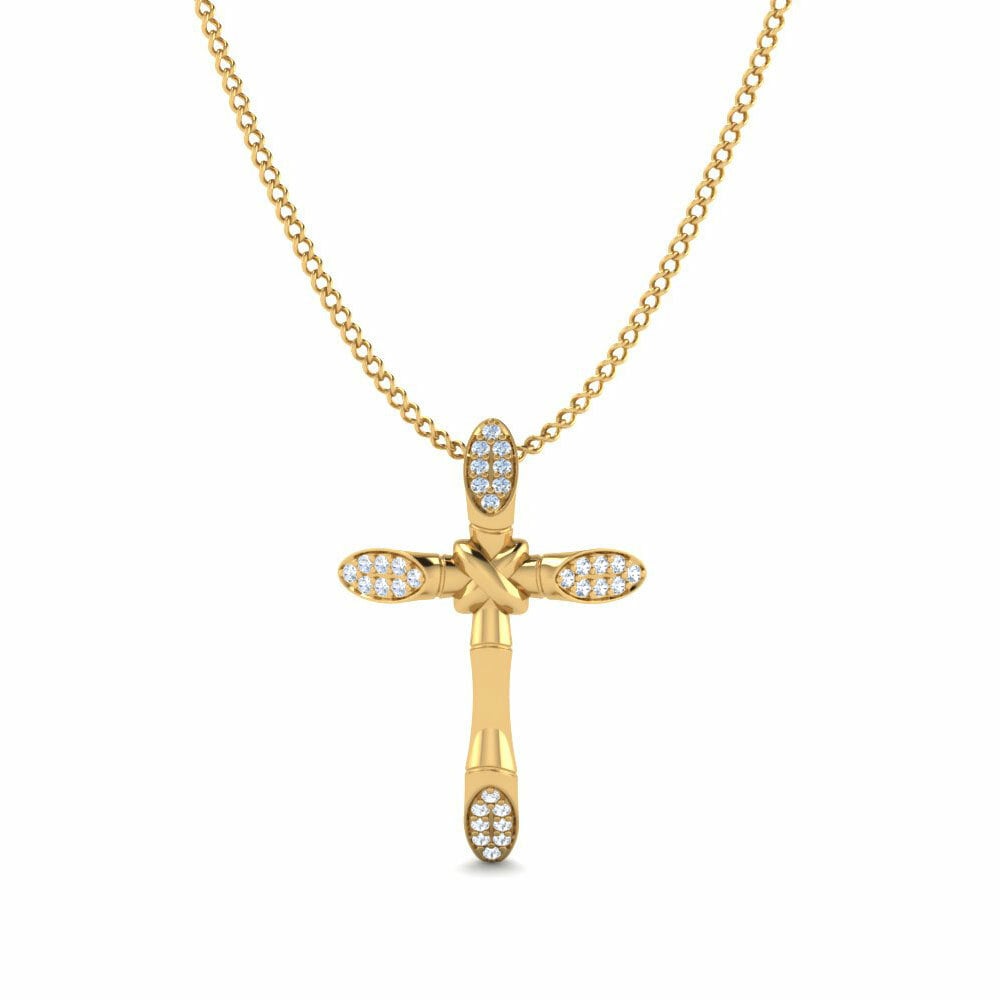Introduction
Custom jewelry allows brands and individuals to create unique pieces that reflect their style and vision. However, selecting the right material is crucial—it affects durability, aesthetics, pricing, and brand positioning. Many designers make the mistake of choosing materials without considering their brand’s identity, leading to mismatched pricing and customer expectations.
This guide explores the key factors in selecting jewelry materials, detailing the pros and cons of each option, and how they align with different brand strategies.
Chapter 1: Understanding Jewelry Materials and Their Impact on Branding
Before choosing a material, brands must define their:
- Target audience (luxury buyers, fashion-forward youth, budget-conscious shoppers)
- Price range (high-end, mid-range, affordable)
- Design aesthetic (minimalist, vintage, bold, eco-friendly)
A mismatch between material and brand positioning can lead to:
- Overpricing (e.g., using cheap alloy for a “luxury” brand)
- Undervaluing (e.g., using solid silver for a fast-fashion line)
- Poor customer perception (e.g., rapid tarnishing in a premium brand)
Chapter 2: Popular Jewelry Materials and Their Best Uses
1. Gold-Plated Brass – The Best for Affordable Luxury
Properties:
- Base metal: Brass (durable, easy to shape)
- Coating: Electroplated gold (thickness affects longevity)
- Finish options: Yellow gold, rose gold, champagne gold
Pros:
- Cost-effective for mass production
- Thick gold plating (2–3 microns) can last 1–2 years with care
- Can be combined with natural stones (pearls, turquoise) for a high-end look
Cons:
- Tarnishes over time if plating is thin
- Not hypoallergenic (may cause reactions for sensitive skin)
Best for:
- Startup brands & independent designers
- Fashion jewelry with gemstone accents
- Mid-range pricing ($$)
2. Solid 925 Sterling Silver – The Classic Choice
Properties:
- 92.5% pure silver + 7.5% alloy (usually copper) for durability
- Naturally bright white luster (can be rhodium-plated for extra shine)
Pros:
- High market recognition (trusted material)
- Hypoallergenic (good for sensitive skin)
- Ideal for delicate, lightweight designs
Cons:
- Expensive compared to brass or alloy
- Requires anti-tarnish care
- Lacks the weight of gold or platinum
Best for:
- Traditional & vintage-inspired designs
- Japanese/Korean minimalist styles
- Silver + cubic zirconia (CZ) jewelry
3. Titanium Steel – The Edgy, Durable Option
Properties:
- Hypoallergenic, corrosion-resistant
- Heavyweight feel (popular in men’s jewelry)
- Color options: Gunmetal, black, silver (no plating), gold (vacuum-plated)
Pros:
- Extremely durable (scratch-resistant)
- No tarnishing (good for everyday wear)
- Modern, industrial aesthetic
Cons:
- Gold plating appears darker (less luxurious)
- Harder to resize or modify
Best for:
- Streetwear & punk-inspired designs
- Gender-neutral jewelry
- Bold, chunky statement pieces
4. Low-Cost Alloys, Iron & Resin – Budget Market Options
Properties:
- Base metals: Zinc alloy, iron, copper blends
- Coating: Thin gold/silver plating (fades quickly)
- Resin: Lightweight, used in colorful statement pieces
Pros:
- Very cheap to produce
- Good for fast-fashion trends
Cons:
- Poor durability (tarnishes within weeks)
- Can cause skin irritation
- Feels lightweight and cheap
Best for:
- Low-cost wholesale jewelry
- Temporary fashion trends (e.g., festival accessories)
- Non-premium markets
Chapter 3: How to Match Material with Brand Identity
Case Study 1: A High-End Boutique Brand
- Materials: Solid 925 silver, 18K gold plating, natural gemstones
- Pricing: $$$ (Luxury segment)
- Customer Expectation: Long-lasting, premium feel
Case Study 2: A Trendy Instagram Brand
- Materials: Gold-plated brass, titanium steel
- Pricing: $$ (Mid-range, stylish)
- Customer Expectation: Fashion-forward, durable but not “forever” jewelry
Case Study 3: A Fast-Fashion Jewelry Line
- Materials: Alloy, resin, thin gold plating
- Pricing: $ (Disposable fashion)
- Customer Expectation: Super affordable, seasonal trends
Chapter 4: Additional Considerations
1. Coating & Plating Quality
- PVD Coating (Physical Vapor Deposition) = Long-lasting
- Electroplating = Standard, varies in thickness
- Vacuum Plating = Better for dark metals (gunmetal, black)
2. Ethical & Sustainable Choices
- Recycled silver/brass
- Lead-free & nickel-free alloys
3. Customer Preferences
- US/EU Market: Prefers sterling silver, hypoallergenic metals
- Asia Market: Likes gold-plated brass, lightweight designs
Conclusion: Making the Right Choice
Selecting the right material is a balance between:
✔ Cost (production budget)
✔ Design needs (durability, weight, finish)
✔ Brand image (luxury vs. affordable fashion)
By understanding these factors, brands can create jewelry that aligns with their identity and satisfies customers.
